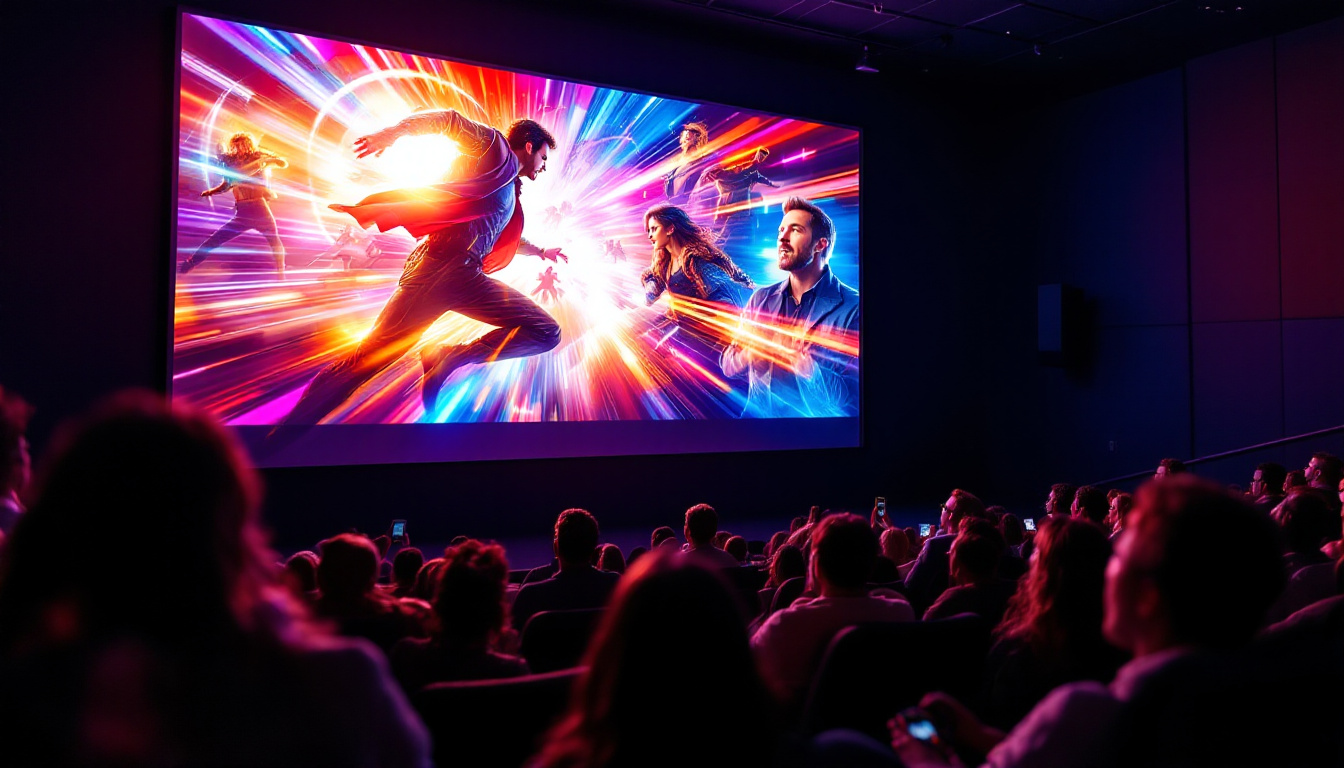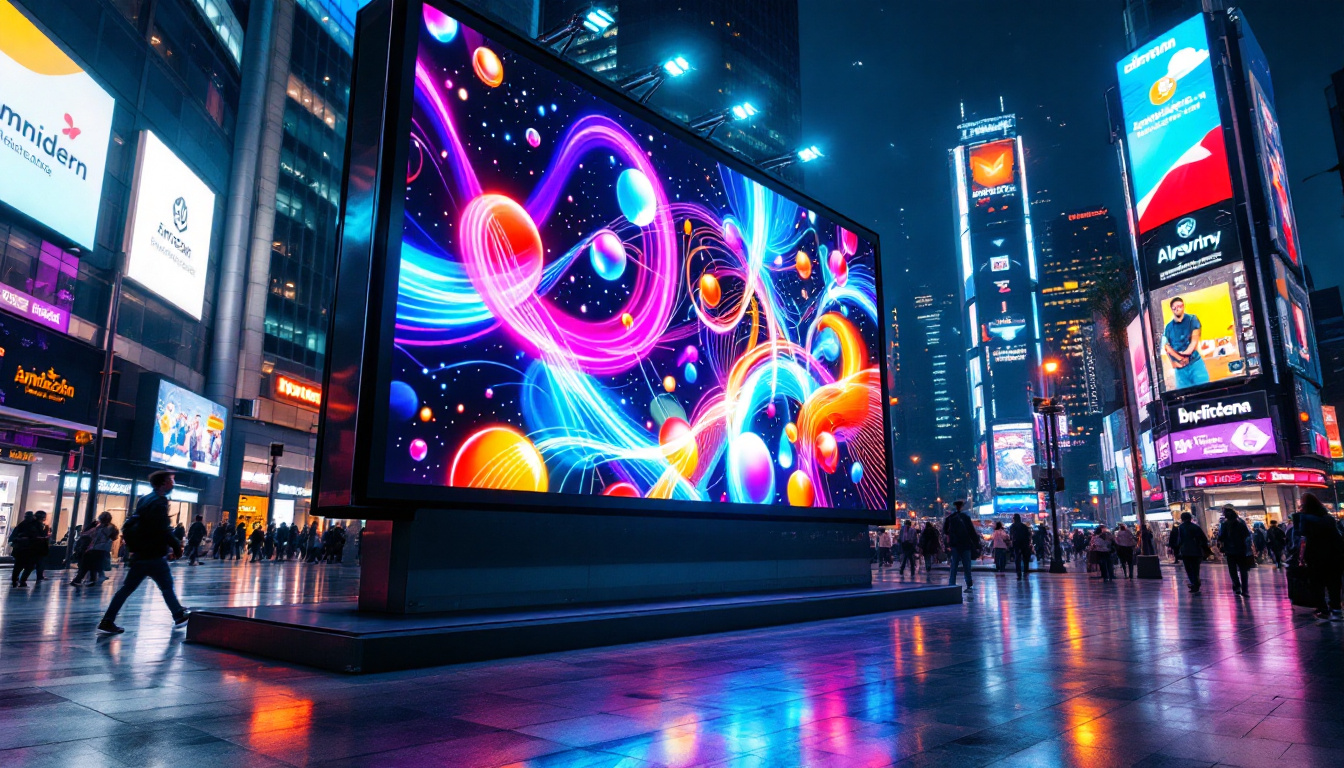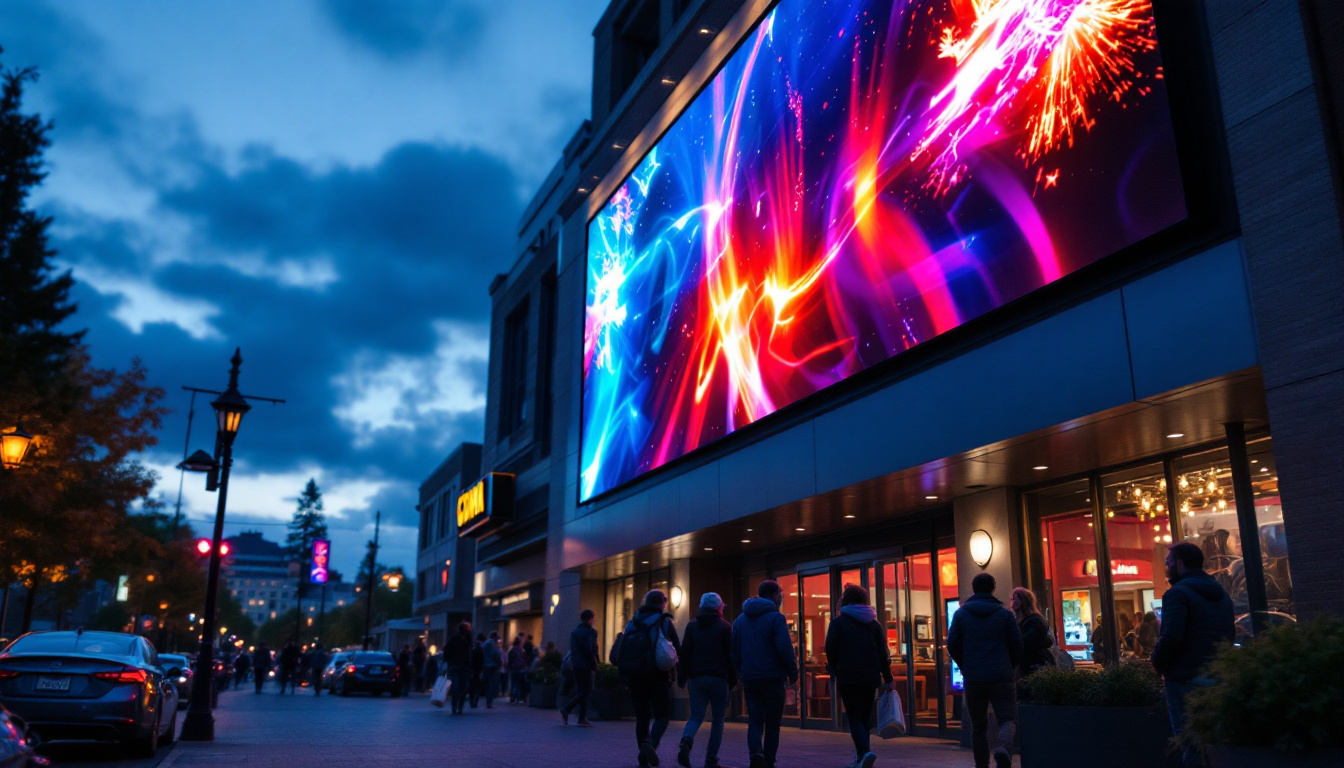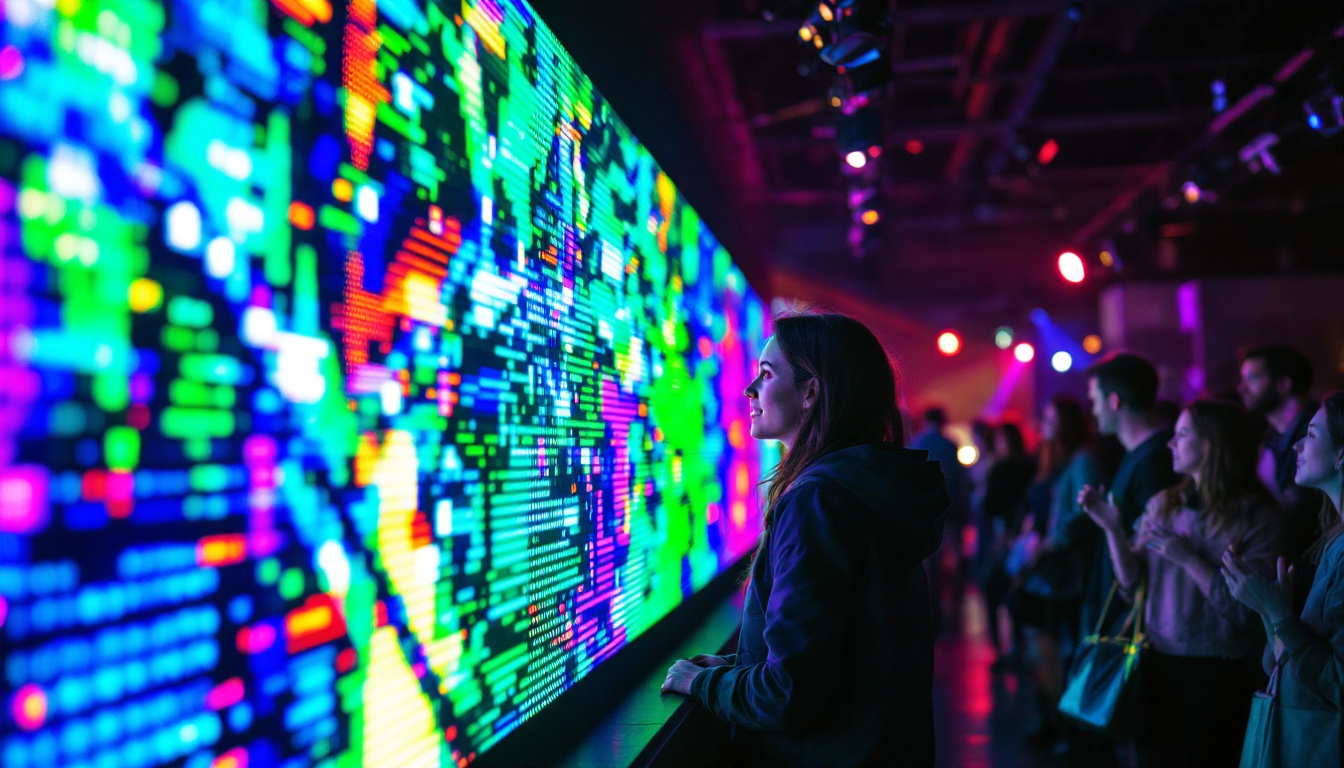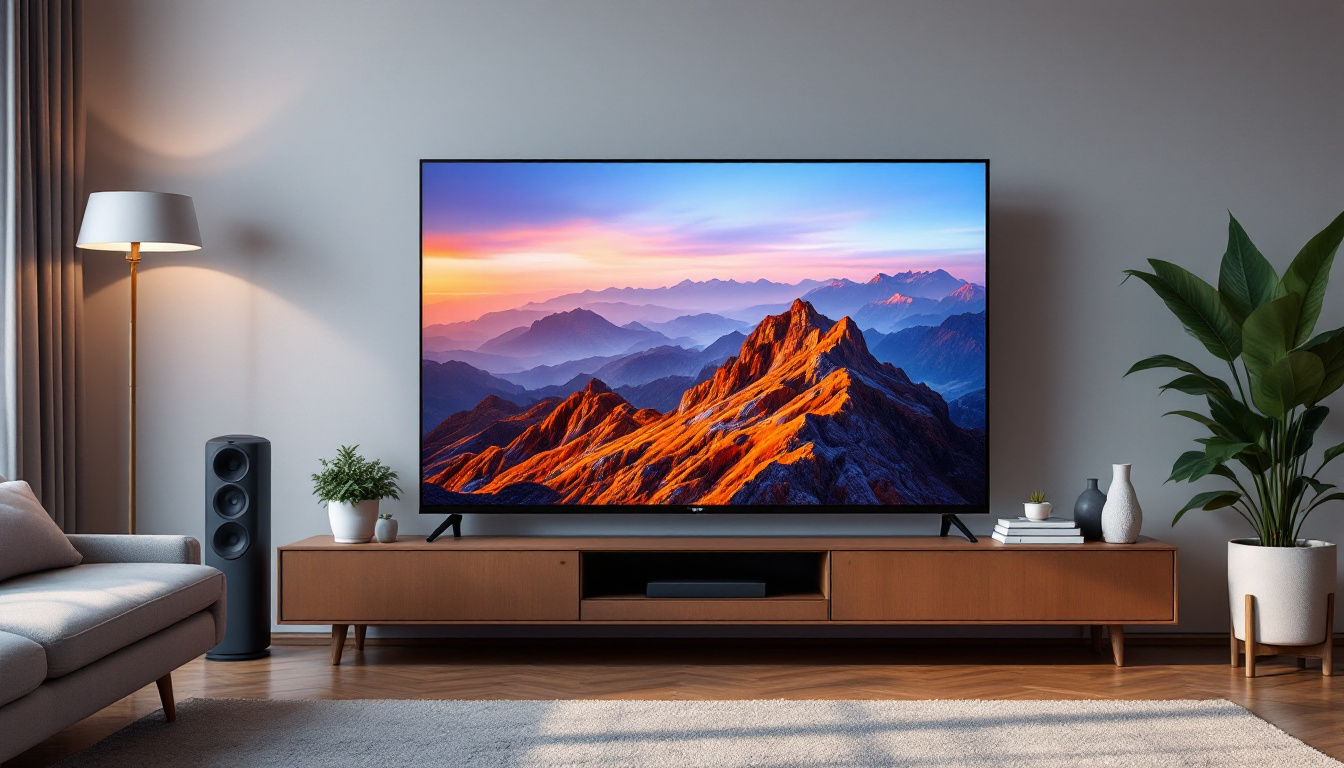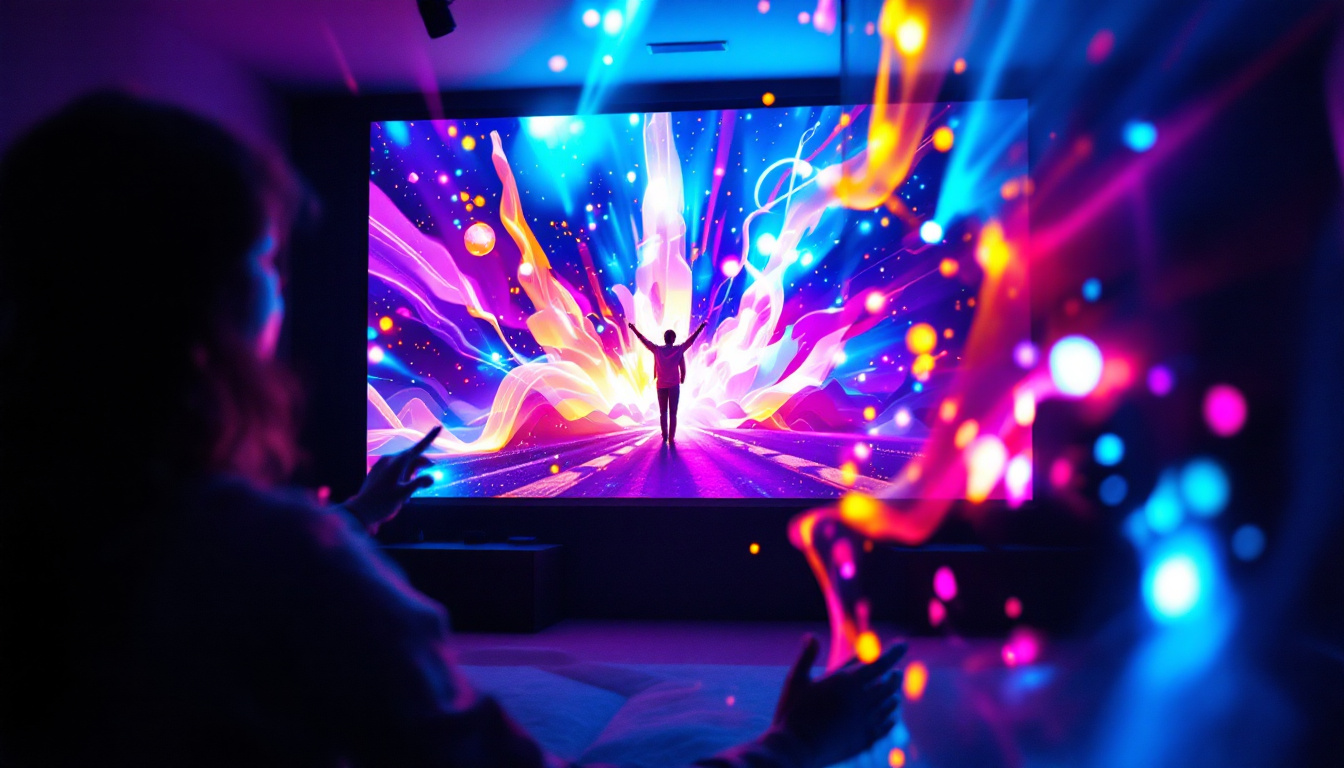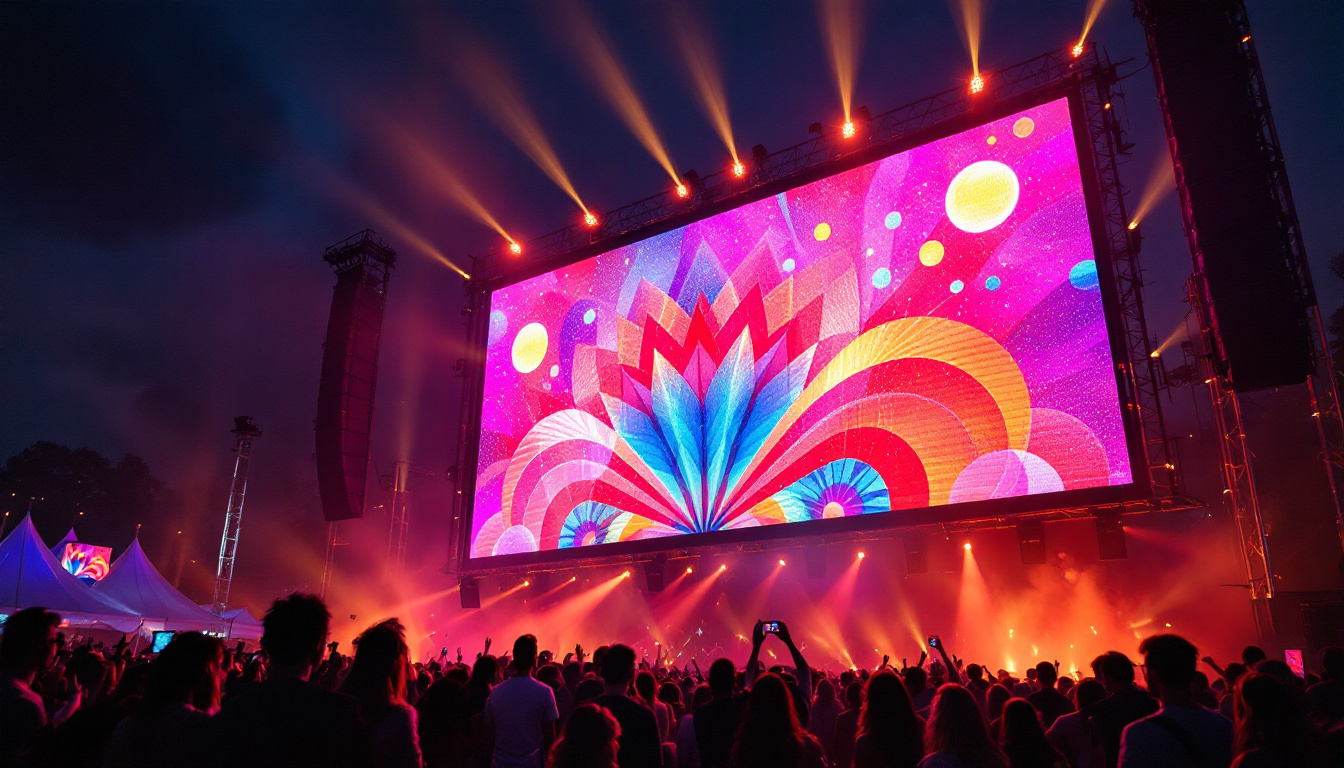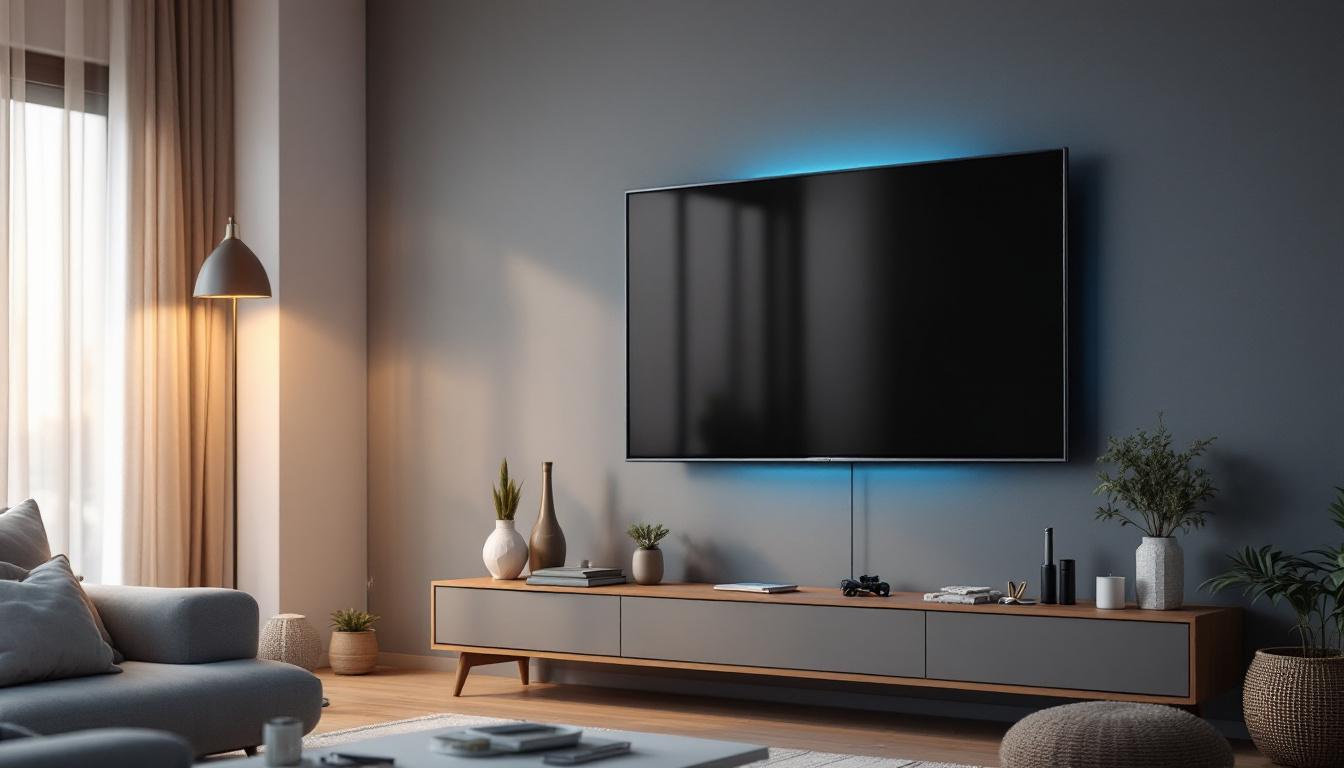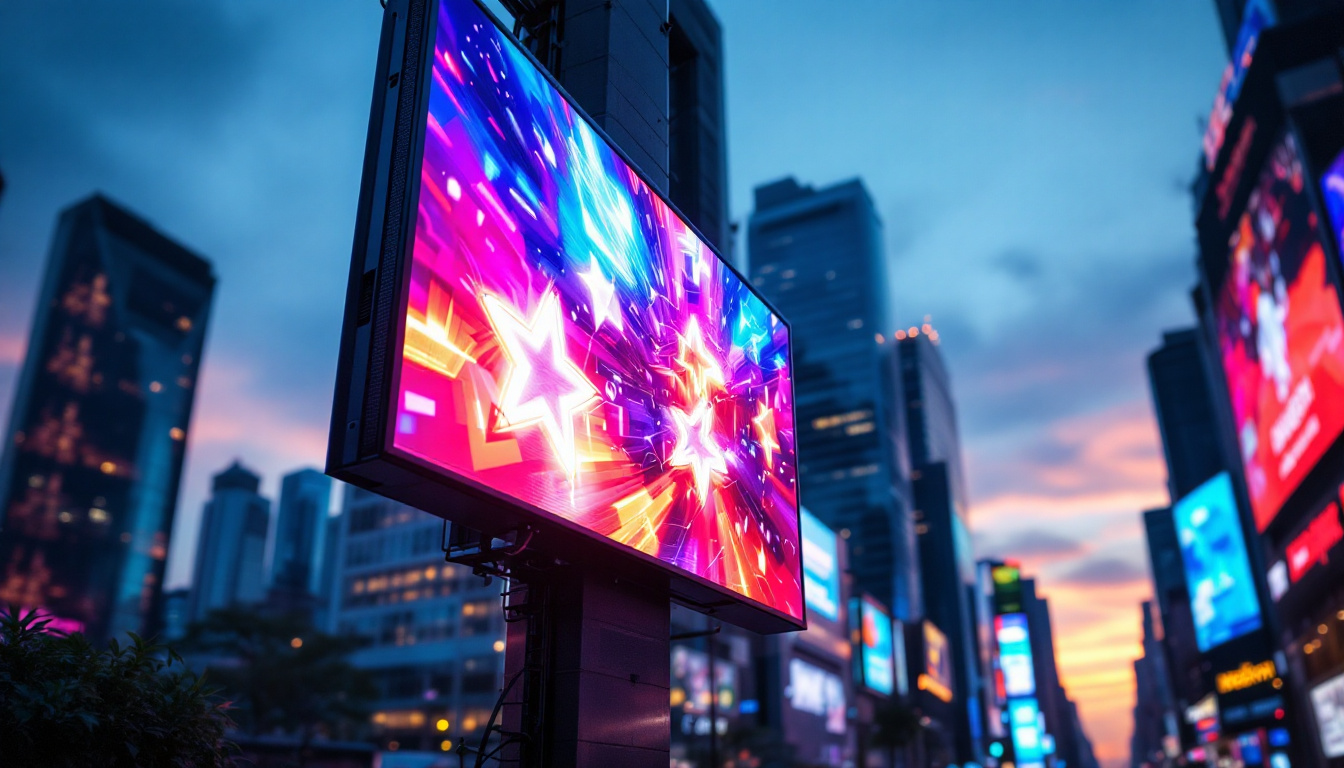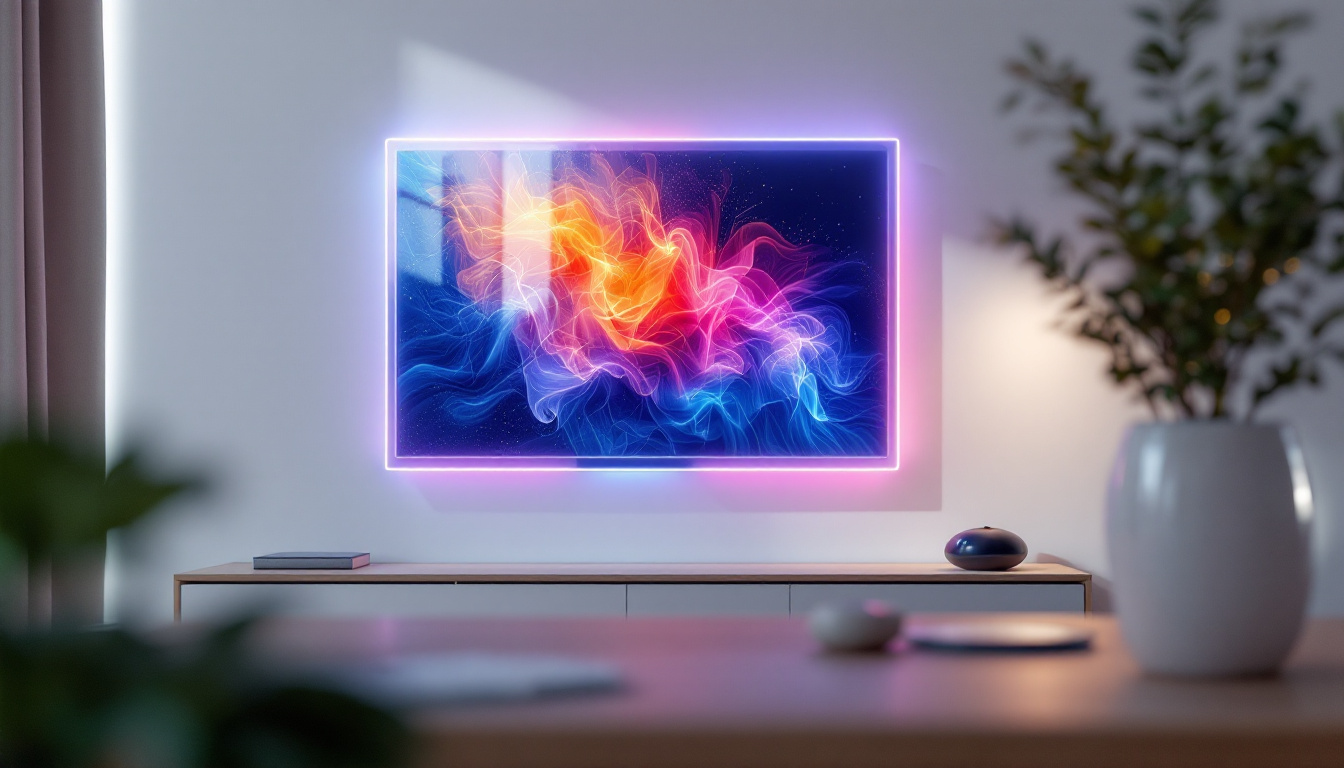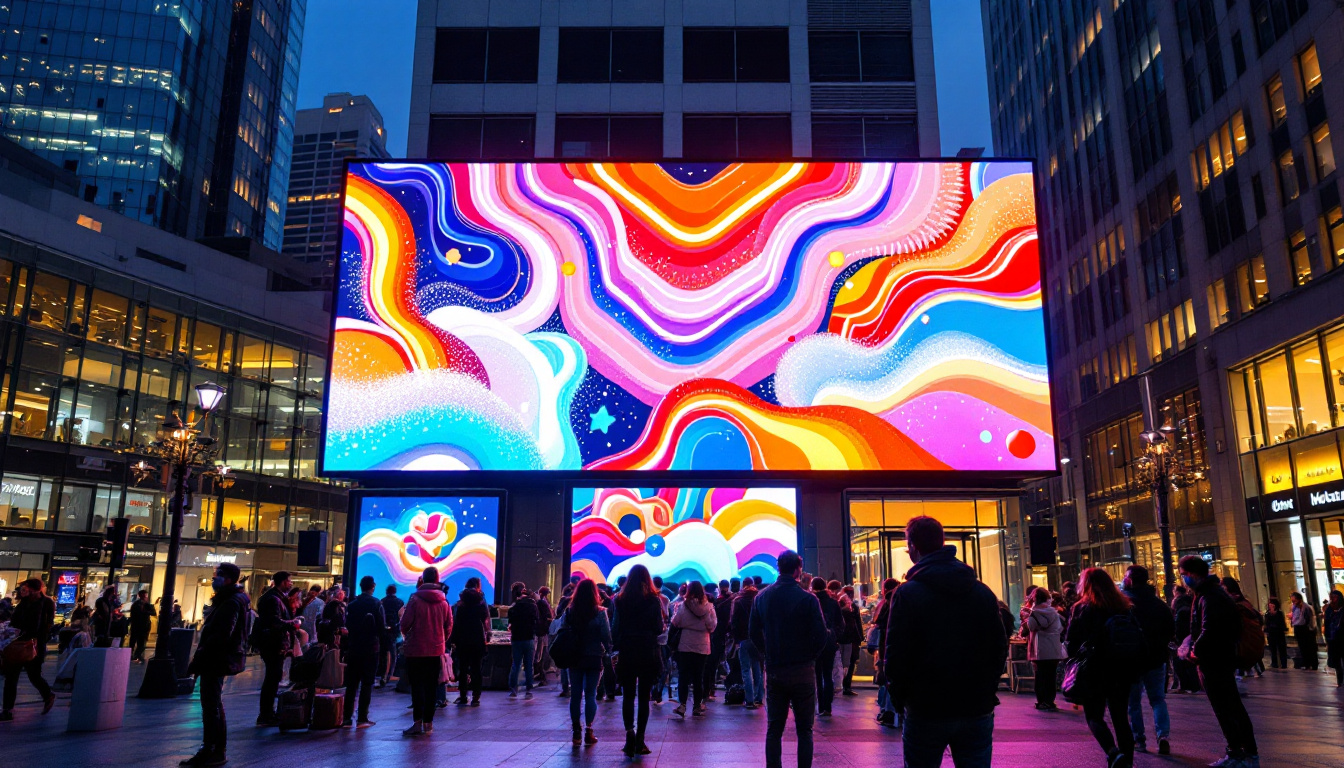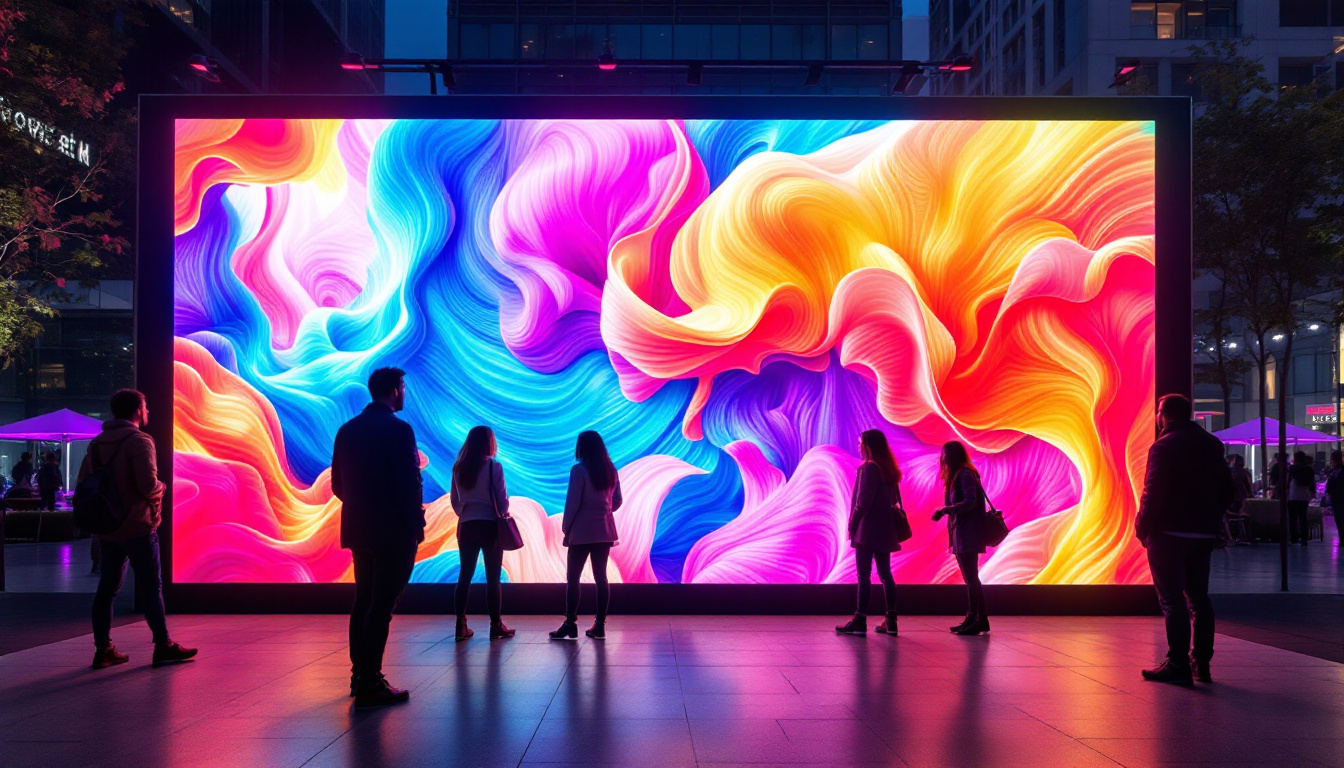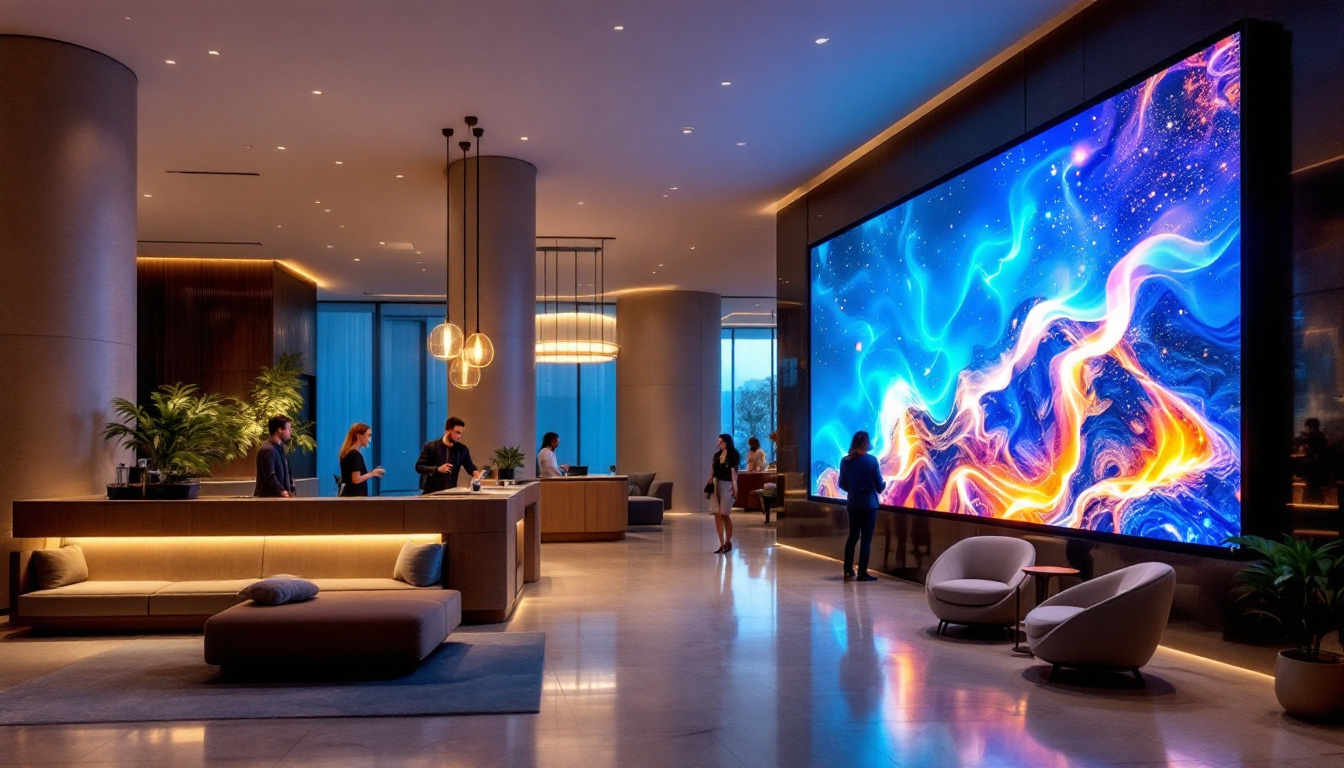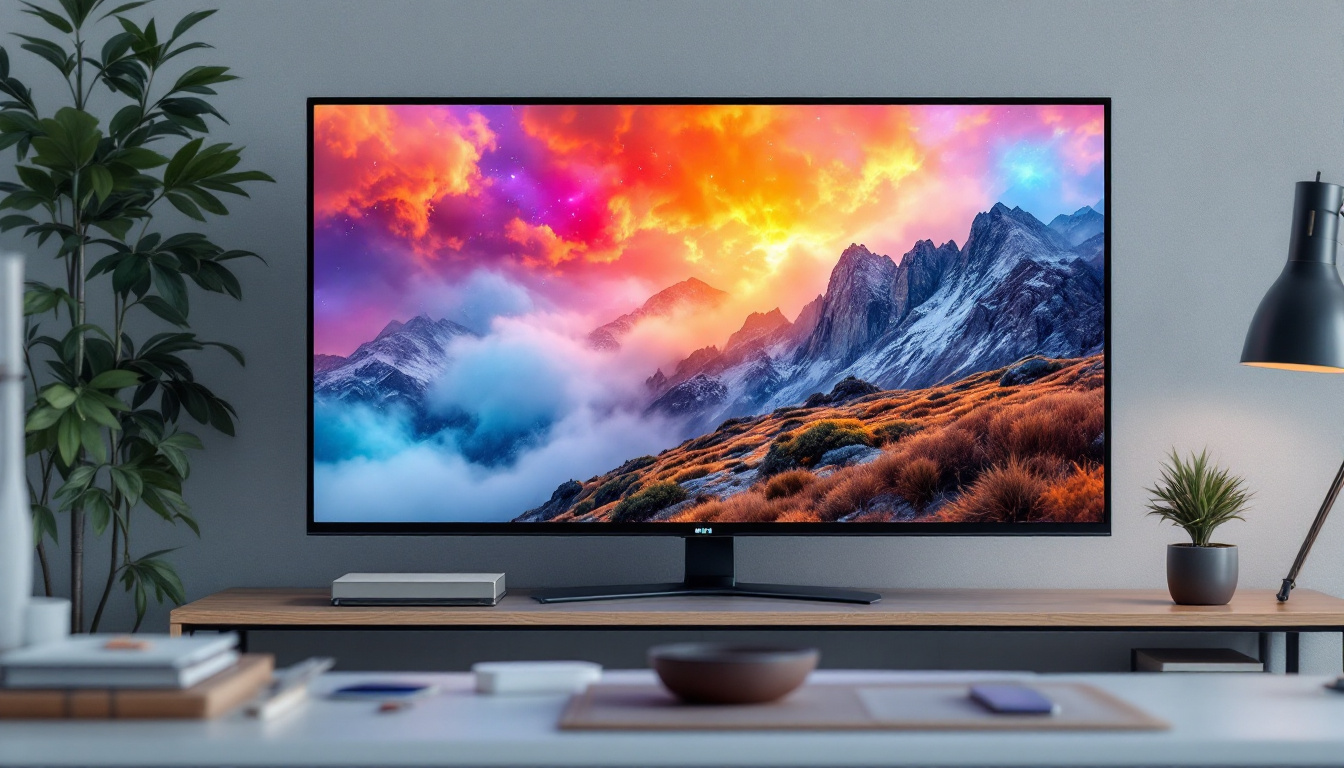In the ever-evolving world of cinema technology, LED displays have emerged as a game-changer, transforming the way audiences experience films. Flat Rock Cinema, known for its commitment to providing an exceptional viewing experience, has embraced this innovation. This article delves into the intricacies of LED displays, their advantages, and how they enhance the cinematic experience at Flat Rock Cinema.
Understanding LED Display Technology
LED, or Light Emitting Diode, technology has revolutionized visual displays across various domains, including cinema. Unlike traditional projection systems, LED displays utilize a series of tiny diodes that emit light, creating vibrant and dynamic images. This technology is not only energy-efficient but also offers superior brightness and color accuracy, making it an ideal choice for modern cinema. The shift towards LED technology has also been driven by the growing demand for immersive viewing experiences, as audiences increasingly seek out environments that enhance their cinematic enjoyment.
How LED Displays Work
At the core of LED display technology lies the principle of electroluminescence. When an electric current passes through a semiconductor material, it emits light. In LED displays, thousands of these diodes are arranged in a grid, allowing for the creation of complex images. Each pixel on the screen can be controlled independently, enabling a wide range of colors and brightness levels. This capability allows for more detailed and vibrant images than traditional projectors, which rely on light passing through a lens. The result is a display that can maintain clarity and color accuracy even in brightly lit environments, making it perfect for the diverse settings in which Flat Rock Cinema operates.
Moreover, LED displays are designed with longevity in mind. Unlike conventional bulbs that may dim over time, LEDs maintain their brightness and color integrity for thousands of hours, significantly reducing maintenance costs and downtime. This durability is particularly advantageous in high-traffic venues such as cinemas, where consistent performance is crucial for delivering a high-quality viewing experience. Additionally, the rapid response time of LED technology ensures that fast-moving scenes are rendered smoothly, enhancing the overall cinematic experience.
Types of LED Displays
There are several types of LED displays, each suited for different applications. The most common types used in cinema include:
- Direct View LED: This type consists of individual LED modules that are combined to form a large screen. Direct view LED displays are known for their high brightness and excellent color reproduction, making them ideal for outdoor screenings and large venues.
- LED Backlit LCD: In this setup, an LCD screen is illuminated by LED lights from behind. While not as vibrant as direct view LED, this technology is often more cost-effective and is widely used in smaller theaters. Its ability to provide decent color accuracy and contrast makes it a popular choice for budget-conscious cinema operators.
- MicroLED: A newer technology that offers even greater resolution and color accuracy. MicroLED displays are made up of microscopic LEDs, allowing for stunning image quality and flexibility in screen size. This innovation not only supports ultra-high-definition content but also opens the door for creative installations, such as curved or irregularly shaped screens that can enhance the visual storytelling experience.
In addition to these types, the integration of smart technology with LED displays is becoming increasingly prevalent. Many modern LED systems now come equipped with advanced features such as real-time content management, interactive capabilities, and connectivity options that allow for seamless integration with various media sources. This evolution not only enhances the operational efficiency of cinemas but also enriches the audience’s engagement, making every visit a unique experience.
Advantages of LED Displays in Cinema
The adoption of LED displays at Flat Rock Cinema brings a multitude of benefits that enhance the overall movie-watching experience. From improved image quality to energy efficiency, the advantages are significant.
Enhanced Picture Quality
One of the most notable benefits of LED displays is their superior picture quality. The ability to produce deep blacks and vivid colors results in a more immersive viewing experience. Audiences can appreciate the intricate details of a film, from the subtle shades in a sunset to the vibrant hues of a bustling cityscape.
Moreover, LED displays maintain their quality across various viewing angles. Unlike traditional projectors, which can lose brightness and color accuracy when viewed from the side, LED screens provide consistent quality, ensuring that every seat in the theater offers an optimal viewing experience.
Energy Efficiency and Longevity
Energy efficiency is another significant advantage of LED technology. LED displays consume less power than traditional projection systems, leading to lower operational costs for cinemas. This efficiency not only benefits the environment but also allows Flat Rock Cinema to allocate resources more effectively.
Additionally, LED displays boast a longer lifespan compared to conventional projectors. While projectors may require bulb replacements every few thousand hours, LED screens can last tens of thousands of hours with minimal degradation in performance. This longevity translates to reduced maintenance costs and less downtime for the cinema.
Flexibility and Customization
LED displays offer remarkable flexibility in terms of size and shape. They can be configured to fit various screen dimensions and can even be curved to create an immersive viewing experience. This adaptability allows Flat Rock Cinema to customize its screens for different types of films, enhancing the overall atmosphere of the viewing environment.
Furthermore, the modular nature of LED displays means that they can be easily upgraded or expanded. As technology advances, Flat Rock Cinema can adapt its screens to incorporate the latest innovations without the need for a complete overhaul of its existing infrastructure.
Impact on Audience Experience
The integration of LED displays at Flat Rock Cinema has a profound impact on audience experience. The combination of enhanced picture quality, energy efficiency, and flexibility contributes to a more enjoyable and engaging environment for moviegoers.
Immersive Viewing Experience
With the ability to produce stunning visuals, LED displays create an immersive experience that draws audiences into the narrative. The vibrant colors and sharp details allow viewers to connect more deeply with the story, enhancing emotional engagement and overall enjoyment.
Moreover, the brightness of LED displays ensures that films can be enjoyed even in environments with ambient light. This versatility allows Flat Rock Cinema to host various events, from film screenings to live performances, without compromising the quality of the viewing experience.
Improved Accessibility
Accessibility is a crucial aspect of modern cinema, and LED displays contribute to this goal. The clarity and brightness of LED screens make it easier for individuals with visual impairments to enjoy films. Additionally, the technology can be utilized to display subtitles and other information in a clear and legible manner, ensuring that all audience members can fully engage with the content.
Furthermore, the flexibility of LED displays allows for the incorporation of assistive technologies, such as audio descriptions or sign language interpretations, enhancing the overall accessibility of the cinema experience.
Challenges and Considerations
Despite the numerous advantages of LED displays, there are challenges and considerations that Flat Rock Cinema must address. Understanding these factors is essential for maximizing the benefits of this technology.
Initial Investment Costs
One of the primary challenges associated with LED displays is the initial investment cost. While prices have decreased in recent years, high-quality LED screens still represent a significant financial commitment. For cinemas like Flat Rock, careful budgeting and planning are necessary to ensure that the investment yields long-term benefits.
However, it is essential to consider the return on investment over time. The energy savings, reduced maintenance costs, and enhanced audience experience can offset the initial expenses, making LED displays a financially viable option in the long run.
Technical Expertise and Maintenance
Another consideration is the need for technical expertise in managing and maintaining LED displays. While these systems are generally reliable, they require specialized knowledge for installation and troubleshooting. Flat Rock Cinema must ensure that its staff is adequately trained to handle these technologies, minimizing potential disruptions and ensuring a seamless experience for patrons.
Regular maintenance is also crucial to keep the displays functioning optimally. This includes routine cleaning, calibration, and software updates to ensure that the screens continue to deliver exceptional performance.
The Future of LED Displays in Cinema
The future of LED displays in cinema looks promising, with ongoing advancements in technology and increasing adoption across the industry. As Flat Rock Cinema continues to innovate, staying abreast of these developments will be vital for maintaining its competitive edge.
Emerging Technologies
As technology progresses, new innovations in LED displays are on the horizon. Emerging technologies such as AI-driven content management systems and enhanced color calibration techniques promise to further elevate the cinema experience. These advancements will enable cinemas to deliver even more engaging and tailored content to their audiences.
Additionally, the integration of augmented reality (AR) and virtual reality (VR) elements into LED displays may revolutionize the way films are presented, creating interactive experiences that captivate viewers in unprecedented ways.
Adoption Across the Industry
As more cinemas recognize the benefits of LED technology, its adoption is likely to increase. This trend may lead to more competitive pricing and improved technology as manufacturers strive to meet the growing demand. Flat Rock Cinema is well-positioned to take advantage of these developments, ensuring that it remains at the forefront of cinematic innovation.
Conclusion
In conclusion, the integration of LED displays at Flat Rock Cinema represents a significant step forward in enhancing the movie-watching experience. With superior picture quality, energy efficiency, and flexibility, LED technology offers numerous advantages that resonate with audiences. While challenges exist, the potential for improved accessibility and immersive viewing experiences outweighs the drawbacks.
As the industry continues to evolve, Flat Rock Cinema’s commitment to embracing cutting-edge technology will ensure that it remains a leader in providing exceptional cinematic experiences. The future of cinema is bright, and LED displays are at the forefront of this exciting transformation.
Discover the Future of Visual Experience with LumenMatrix
Ready to witness the unparalleled clarity and immersive experiences that LED technology can offer? Explore LumenMatrix’s comprehensive range of LED display solutions, from Indoor and Outdoor LED Wall Displays to innovative options like Vehicle LED Displays and LED Transparent Displays. Whether you’re looking to enhance your brand visibility or create captivating visual experiences, LumenMatrix is at the forefront of revolutionizing visual communication. Check out LumenMatrix LED Display Solutions today and be part of the future of cinema and digital signage.

